Grow A Bountiful Harvest Of Pak Choi With These Companion Plants
Grow a Bountiful Harvest of Pak Choi with These Companion Plants
Pak choi is a delicious and versatile vegetable that is easy to grow in home gardens. It is a member of the cabbage family, and its leaves can be eaten raw or cooked. Pak choi is a good source of vitamins A, C, and K, as well as fiber.
One way to increase your chances of success when growing pak choi is to plant it with companion plants. Companion planting is the practice of planting certain types of plants together to benefit each other. There are many different companion plants that can be beneficial for pak choi, but some of the best include:
- Beets: Beets help to suppress weeds and improve the soil structure. They also attract beneficial insects, such as ladybugs and hoverflies.
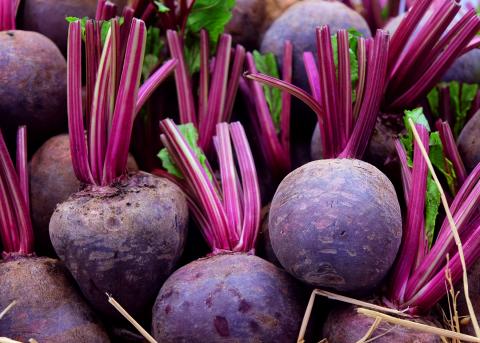
- Bush beans: Bush beans provide shade for pak choi, which can help to prevent it from bolting in hot weather. They also fix nitrogen in the soil, which benefits pak choi.
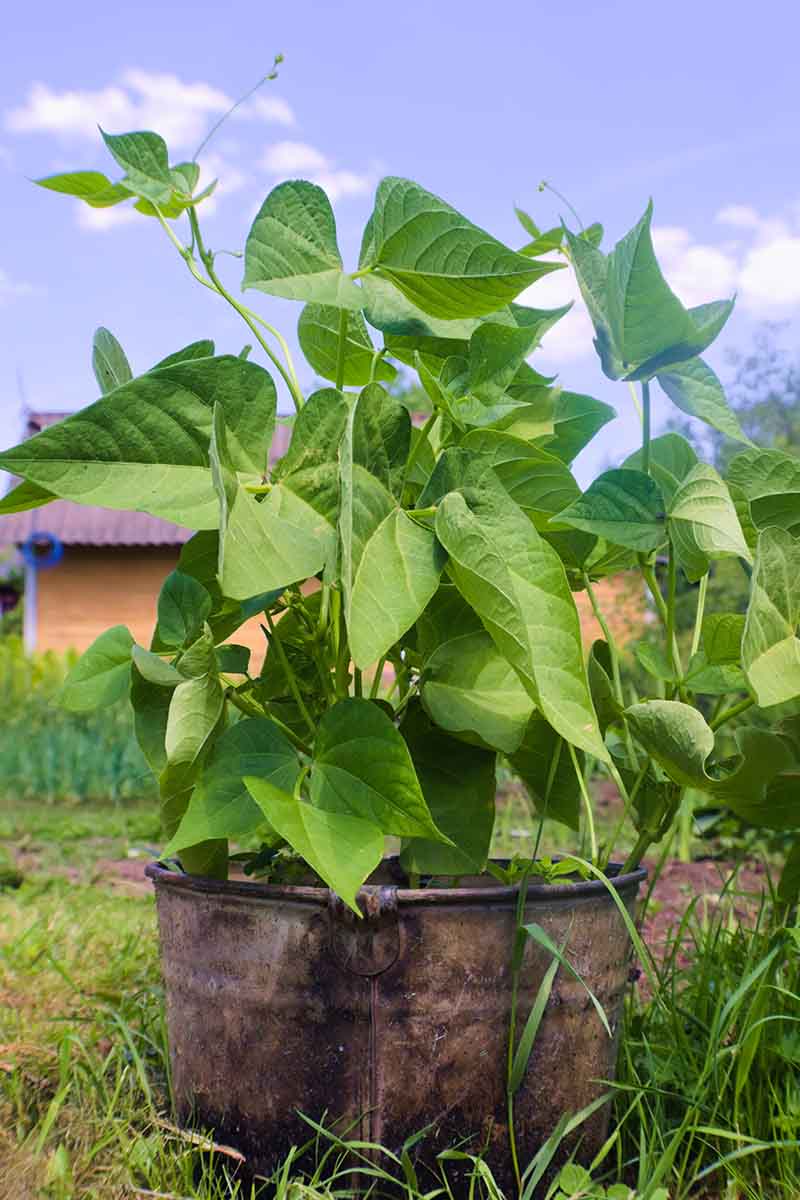
- Carrots: Carrots help to repel pests, such as cabbage moths and aphids. They also help to improve the flavor of pak choi.
- Celery: Celery helps to repel pests, such as slugs and snails. It also helps to improve the flavor of pak choi.

- Cucumbers: Cucumbers help to attract beneficial insects, such as ladybugs and hoverflies. They also help to suppress weeds.

In addition to these companion plants, there are a few other things you can do to help ensure a bountiful harvest of pak choi. First, plant pak choi in a sunny spot with well-drained soil. Pak choi is a cool-weather crop, so it is best to plant it in early spring or fall. Water pak choi regularly, especially during hot weather. Finally, fertilize pak choi with a balanced fertilizer every few weeks.
With a little care and attention, you can easily grow a bountiful harvest of pak choi in your home garden. By planting pak choi with companion plants, you can further improve your chances of success.
Here are some additional tips for growing pak choi with companion plants:
- Plant pak choi with taller companion plants, such as bush beans or carrots, to provide shade from the hot sun.
- Plant pak choi with plants that attract beneficial insects, such as marigolds or nasturtiums.
- Avoid planting pak choi with plants that are susceptible to the same pests or diseases, such as cabbage or broccoli.
Harvesting pak choi:
Pak choi can be harvested when the leaves are young and tender. You can harvest the entire plant, or you can harvest individual leaves as needed. To harvest pak choi, simply cut the leaves off at the base of the plant.
Storing pak choi:
Pak choi can be stored in the refrigerator for up to a week. If you are storing pak choi for longer than a week, you can blanch it first. To blanch pak choi, simply bring a pot of water to a boil and then add the pak choi. Blanch the pak choi for 2-3 minutes, and then immediately plunge it into ice water to stop the cooking process. Once the pak choi is cool, you can store it in the refrigerator for up to 2 weeks.
Pak choi is a delicious and nutritious vegetable that is easy to grow. But did you know that there are certain plants that can help to improve its growth and flavor? These are known as companion plants, and they can provide a number of benefits, such as:
- Attracting beneficial insects. Some companion plants, such as nasturtiums and marigolds, attract beneficial insects that help to control pests. This can help to keep your pak choi healthy and free of insect damage.
- Reducing competition for nutrients. When plants are grown too close together, they can compete for nutrients and water. Companion plants can help to reduce this competition by providing different nutrients and water needs. This can help to improve the overall health of your pak choi plants.
- Improving soil quality. Some companion plants, such as beans and peas, can help to improve soil quality by fixing nitrogen. This can help to provide your pak choi plants with the nutrients they need to thrive.
If you are interested in learning more about pak choi companion plants, I recommend visiting Garden Wiki. This website provides a comprehensive list of companion plants for pak choi, as well as information on the benefits of each plant.
FAQ of pak choi companion plants
Q: What are some good companion plants for pak choi?
A: Pak choi benefits from being planted near companion plants that can deter pests, improve soil quality, or simply provide shade. Some good companion plants for pak choi include:
- Onions: Onions help to repel cabbage maggots, aphids, slugs, spider mites, and whitefly.
- Mint: Mint can improve the flavor of pak choi and also repels aphids.
- Sage: Sage can repel cabbage moth larvae.
- Rosemary: Rosemary can repel aphids and whitefly.
- Nasturtiums: Nasturtiums attract beneficial insects that prey on pests, such as ladybugs and lacewings.
- Potatoes: Potatoes and pak choi can be planted together because they have different root systems and do not compete for resources.
- Peas and beans: Peas and beans are nitrogen-fixing plants, which means they can improve the nitrogen content of the soil for pak choi.
Q: What are some bad companion plants for pak choi?
A: Pak choi should not be planted near other brassicas, such as kale, broccoli, cauliflower, or rapini. This is because these plants are susceptible to the same pests and diseases, and planting them together can increase the risk of infection.
Other bad companion plants for pak choi include:
- Tomatoes: Tomatoes can stunt the growth of pak choi.
- Eggplant: Eggplant can attract aphids, which can also damage pak choi.
- Peppers: Peppers can attract pests that can also damage pak choi.
- Strawberries: Strawberries can compete with pak choi for water and nutrients.
- Dill: Dill can stunt the growth of pak choi.
Q: How far apart should pak choi plants be planted?
A: Pak choi plants should be spaced 6-12 inches apart. This will give them enough room to grow and develop properly.
Q: How long does it take pak choi to mature?
A: Pak choi takes about 45-75 days to mature. This means that from the time you plant the seeds, it will take about 2-3 months for the plants to be ready to harvest.
Q: What are some tips for growing pak choi?
A: Pak choi is a relatively easy vegetable to grow. Here are a few tips to help you get the best results:
- Plant pak choi in full sun or partial shade.
- Pak choi prefers well-drained soil that is rich in organic matter.
- Water pak choi regularly, especially during hot weather.
- Fertilize pak choi every few weeks with a balanced fertilizer.
- Harvest pak choi when the leaves are young and tender.
Image of pak choi companion plants
5 different images of pak choi companion plants from Pinterest:
- Image 1: Pak choi and radishes. Radishes are a good companion plant for pak choi because they help to deter pests.
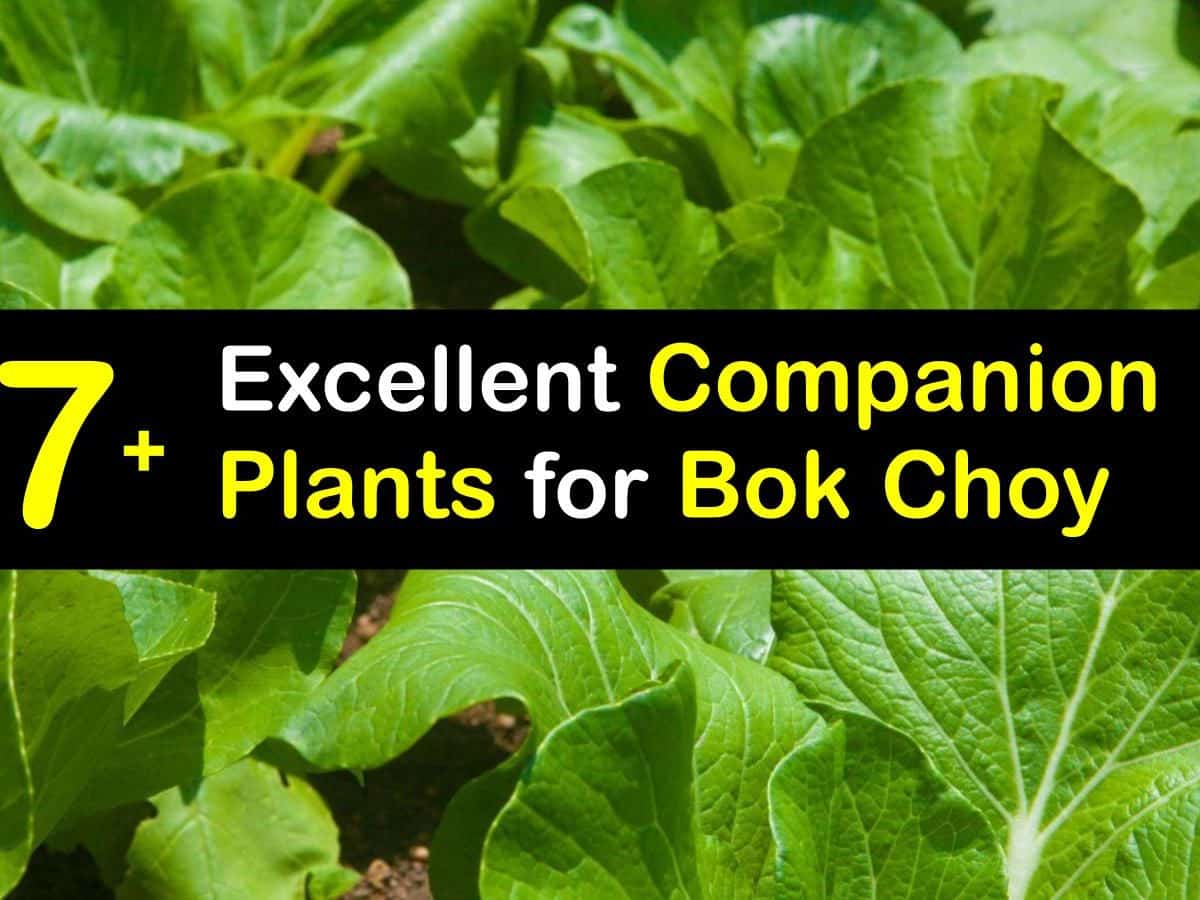
- Image 2: Pak choi and garlic. Garlic is another good companion plant for pak choi, as it helps to repel pests and diseases.
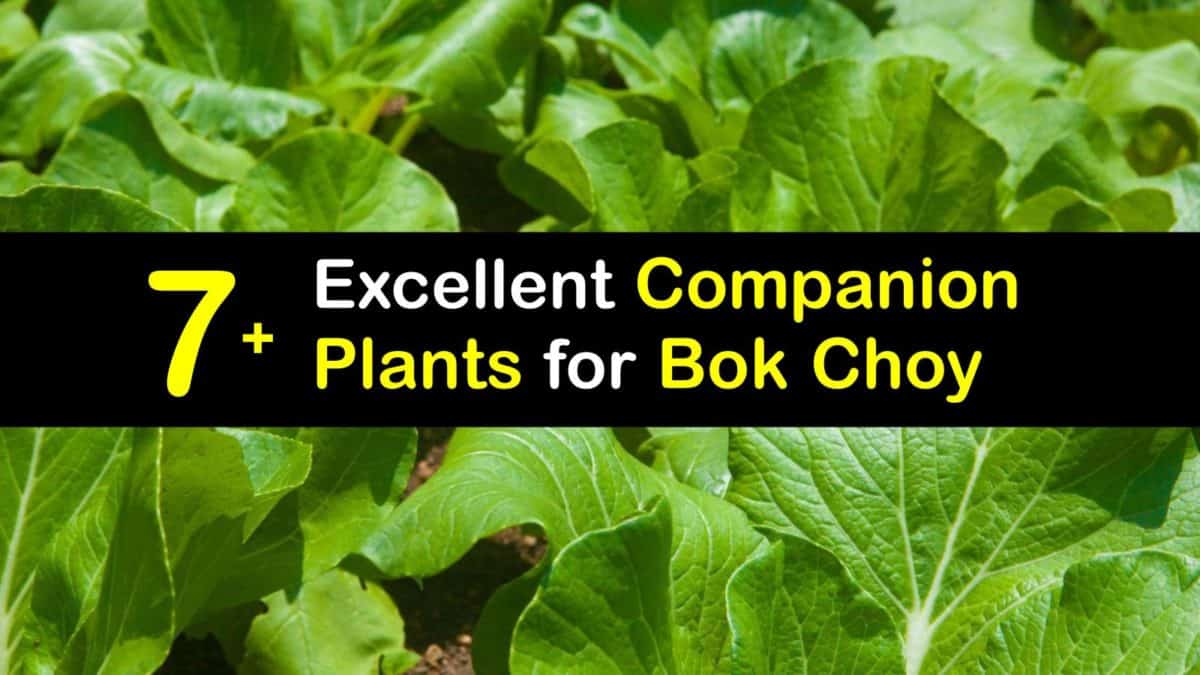
- Image 3: Pak choi and peas. Peas and beans are nitrogen-fixing plants, which means they help to enrich the soil for pak choi.

- Image 4: Pak choi and carrots. Carrots and pak choi are both cool-season crops that can be planted together.
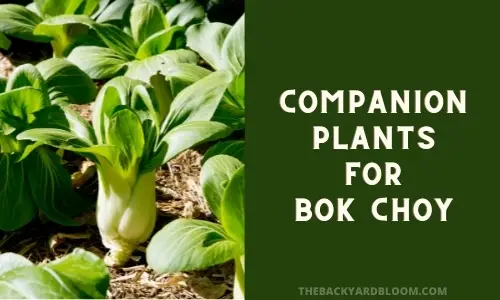
- Image 5: Pak choi and lettuce. Lettuce and pak choi are both leafy greens that can be planted together.

Post a Comment for "Grow A Bountiful Harvest Of Pak Choi With These Companion Plants"